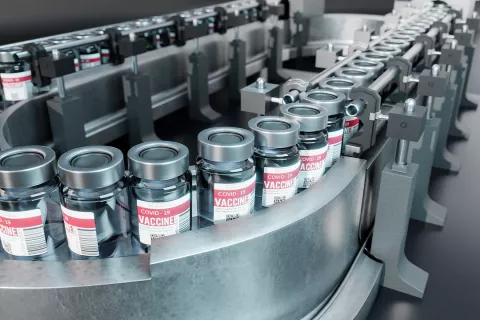
The pharmaceutical industry is highly regulated, and regulatory artwork plays a vital role in ensuring compliance and patient safety. Adopting a more sustainable approach to regulatory artwork is not just a choice but an imperative. However, the traditional methods of producing and distributing regulatory artwork are often unsustainable, both in terms of their environmental impact and their financial cost. By embracing sustainable practices, pharmaceutical companies can significantly reduce their environmental footprint, optimize resource utilization, and streamline their regulatory compliance processes.
Explore Our Green Artwork Studio
Consult Now
The Environmental Impact of Traditional Regulatory Artwork
Traditional regulatory artwork in the pharma industry is often produced using non-renewable resources, such as paper and ink. This can lead to deforestation and water pollution. Additionally, the transportation of regulatory artwork to various locations can contribute to greenhouse gas emissions.
The Financial Cost of Traditional Regulatory Artwork
The production and distribution of traditional regulatory artwork in the pharma industry can be expensive. This is due to the costs of materials, printing, and transportation. In addition, the need to update regulatory artwork frequently can add to the overall cost.
A More Sustainable Approach to Regulatory Artwork
There are several ways to make regulatory artwork in the pharma industry more sustainable.
- One approach is to use digital media, such as websites and apps, to deliver regulatory information. This shift away from printed materials not only reduces the consumption of paper and ink but also eliminates the need for transportation, further diminishing the environmental impact. Additionally, digital platforms provide the flexibility to update regulatory information in real-time, eliminating the need for frequent reprints.
- Another approach to making regulatory artwork in the pharma industry more sustainable is to use sustainable materials. For example, regulatory artwork can be printed on recycled paper or plastic. Additionally, sustainable printing methods, such as soy-based inks, can be used. These alternatives minimize the reliance on non-renewable resources and reduce the harmful environmental effects associated with traditional materials.
- Finally, regulatory artwork in the pharma industry can be made more sustainable by adopting a more strategic approach to production and distribution. For example, regulatory artwork can be produced in bulk and distributed to central locations, where it can be accessed as needed. This can reduce the need for frequent reprints and transportation.
Benefits of a More Sustainable Approach to Regulatory Artwork
There are many benefits to adopting a more sustainable approach to regulatory artwork in the pharma industry. These benefits include:
- Reduced environmental impact.
- Lower financial costs
- Increased flexibility and accessibility
- Improved communication of regulatory information
- Enhanced corporate image.
Conclusion
The need for a more sustainable approach to regulatory artwork in the pharma industry is clear. By adopting sustainable practices in the production and distribution of regulatory materials, pharmaceutical companies can not only fulfill their regulatory obligations but also reduce their environmental impact, save money, improve the communication of regulatory information, and enhance their corporate image while also contributing to a healthier planet and a more sustainable future. This shift towards sustainability represents a collective responsibility, requiring collaboration and innovation among pharmaceutical companies, regulatory agencies, and technology providers. By embracing sustainable practices in regulatory artwork, the pharmaceutical industry can set a precedent for other industries to follow, paving the way for a more environmentally conscious and sustainable future for all. For more information on how Freyr can be a part of your transformational journey connect with us.









